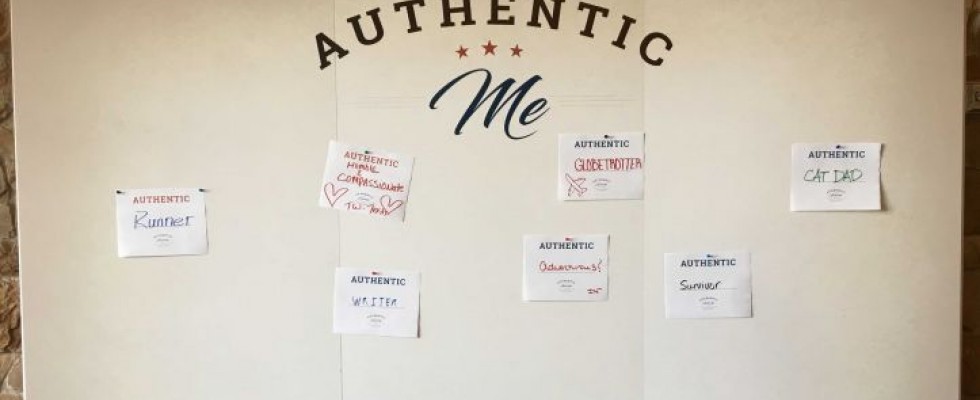
The home health industry is dynamic and changing. The HomeCare team spent the week in Grapevine, Texas at the National Association for Home Care and Hospice (NAHC) annual conference and expo. The conference offered plenty of opportunities for providers seeking education. The theme of Authentic Leadership was felt throughout.
Sitting down with NAHC president William A. Dombi on Monday afternoon, I had the opportunity to talk about the pressing issues coming up in the industry.
The Patient Driven Grouping Model comes out of the Bipartisan Budget Act of 2018. NAHC expects to see the proposed rule (CMS-1689-P) finalized by the end of October or early November. Dombi said the Association is planning to host a national series of conferences starting in January 2019 to get agencies prepared for the change. If the rule is finalized as expected, the Model begins in 2020. Expect to see coverage from HomeCare magazine on this Model as it develops.
Like the rest of the country, NAHC is looking toward the November mid-term elections. Said Dombi, “There is a pent-up demand in health care. We’ll be competing for time and money with all other sectors in health care.
“The fact that we have a bipartisan need and a bipartisan relationship, means that whoever is chair of the House Ways and Means Committee—that committee having jurisdiction over Medicare—we work with Democrats and Republicans, it doesn’t change our priorities.”
The rural add-on was passed in February 2018, but the fight isn’t over. The Senate Finance Committee, based on MedPAC reports, is drafting legislation phasing out the add-on. NAHC is using the term “frontier” as areas with population density of six or fewer people per square mile. There are also high-utilization areas, which can also be frontier. The Senate Finance committee recommended phasing out the add-on in high-utilization frontier areas because the view is that the money is an incentive for care. The view from NAHC is that there are higher costs of care in these areas, simply due to higher need. A need for targeting of costs is there, but the question remains of how to target. Paying for the rural add-on comes from providers across the board, and when rural providers have higher profit margins, non-rural providers with lower profit margins want to see a justification for the add-on.
In the realm of private duty, NAHC is watching wage and hour laws, which Dombi said may involve legislation, but could also involve better education and coordination with family caregivers. States raising minimum wages quickly, beyond Medicaid reimbursement, and what families are willing to pay is hurting the industry.
“We did a survey and found what we knew had been the case” said Dombi. “Consumers don’t simply say, ‘Ok it’s going to cost me more to get that extra care.’ They have a budget and they say, ‘I have $500 a week, tell me how much I can get for $500 a week.’ Those local minimum wage changes have a big impact on homecare.”
If you like change, change is out there for the industry—some good, some bad. As the “Elements of Leadership” general session on Monday mentioned grit, empathy and humility among the elements of authentic leadership essential for moving forward into 2019.
Three takeaways from the conference from Dombi:
1. Authentic leadership; people should see your commitment to the business.
2. Challenges are ahead; there are ways to deal with them.
3. There is a tomorrow to invest in; turn change into opportunities.
